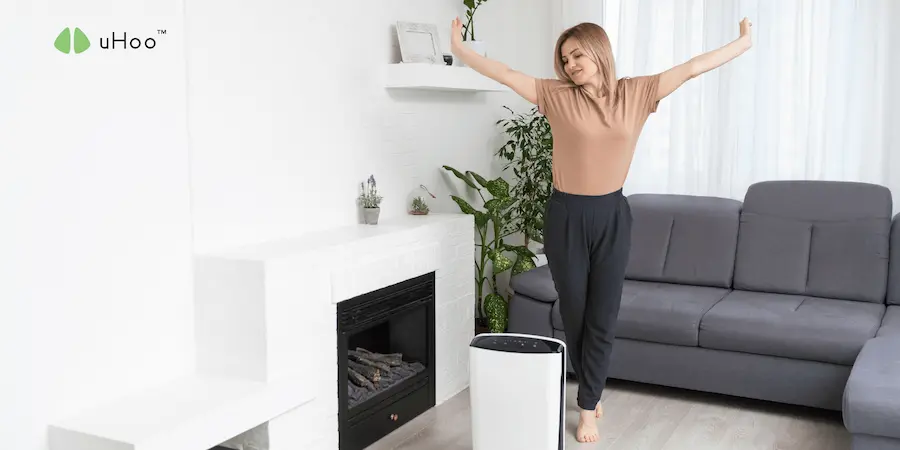Dehumidifiers are specialized appliances designed to extract excess moisture from the air, fundamentally transforming your indoor environment. They work by drawing in humid air, passing it over a cold coil where moisture condenses into water, and then releasing drier, warmer air back into the room. This guide to dehumidifiers will help you understand how to banish dampness and achieve truly optimal indoor air.
Navigating the Guide to Dehumidifiers: Key Considerations
This guide to dehumidifiers is essential for effective moisture control. Here are some things to look for:
- Coverage Area (Square Footage): Match the dehumidifier’s recommended coverage area to the size of the room or space you intend to dehumidify. Using too small a unit for a large, damp space will be ineffective.
- Integrated Humidistat: Essential for efficient operation. A humidistat allows you to set your desired humidity level (e.g., 45% Relative Humidity). The dehumidifier will then automatically turn on and off to maintain this level, saving energy and preventing over-drying.
- Energy Efficiency (ENERGY STAR Certified): Dehumidifiers can be energy-intensive. Look for the ENERGY STAR label, which signifies that the unit meets strict energy efficiency guidelines, saving you money on electricity bills.
- Noise Level: Measured in decibels (dB). For living areas or bedrooms, choose a quieter model (below 50 dB) to avoid disruption.
- Auto Defrost (for cooler climates/spaces): If you plan to use the dehumidifier in cooler environments (below 65°F or 18°C), ensure it has an auto defrost feature to prevent coils from freezing.
Achieving Optimal Indoor Air with Your Dehumidifier
By consistently maintaining indoor relative humidity between 30% and 50%, your dehumidifier will:
- Prevent Mold and Mildew: Eliminate the moisture mold needs to grow, safeguarding your home from musty odors and structural damage.
- Reduce Allergens: Create an inhospitable environment for dust mites, leading to fewer allergy symptoms for sensitive family members.
- Improve Comfort: Make your home feel cooler and less sticky, even at higher temperatures, reducing reliance on air conditioning.
- Protect Valuables: Safeguard electronics, wooden furniture, books, and textiles from moisture damage and warping.
Following this guide to dehumidifiers will empower you to tackle the sticky problem head-on, ensuring a drier, healthier, and more comfortable indoor environment for your entire family.
To perfectly fine-tune your dehumidifier’s settings and verify its effectiveness, a uHoo air quality monitor is an invaluable companion. It provides precise, real-time humidity readings and monitors other IAQ factors that relate to dampness, allowing you to ensure your home’s air is truly optimal.



